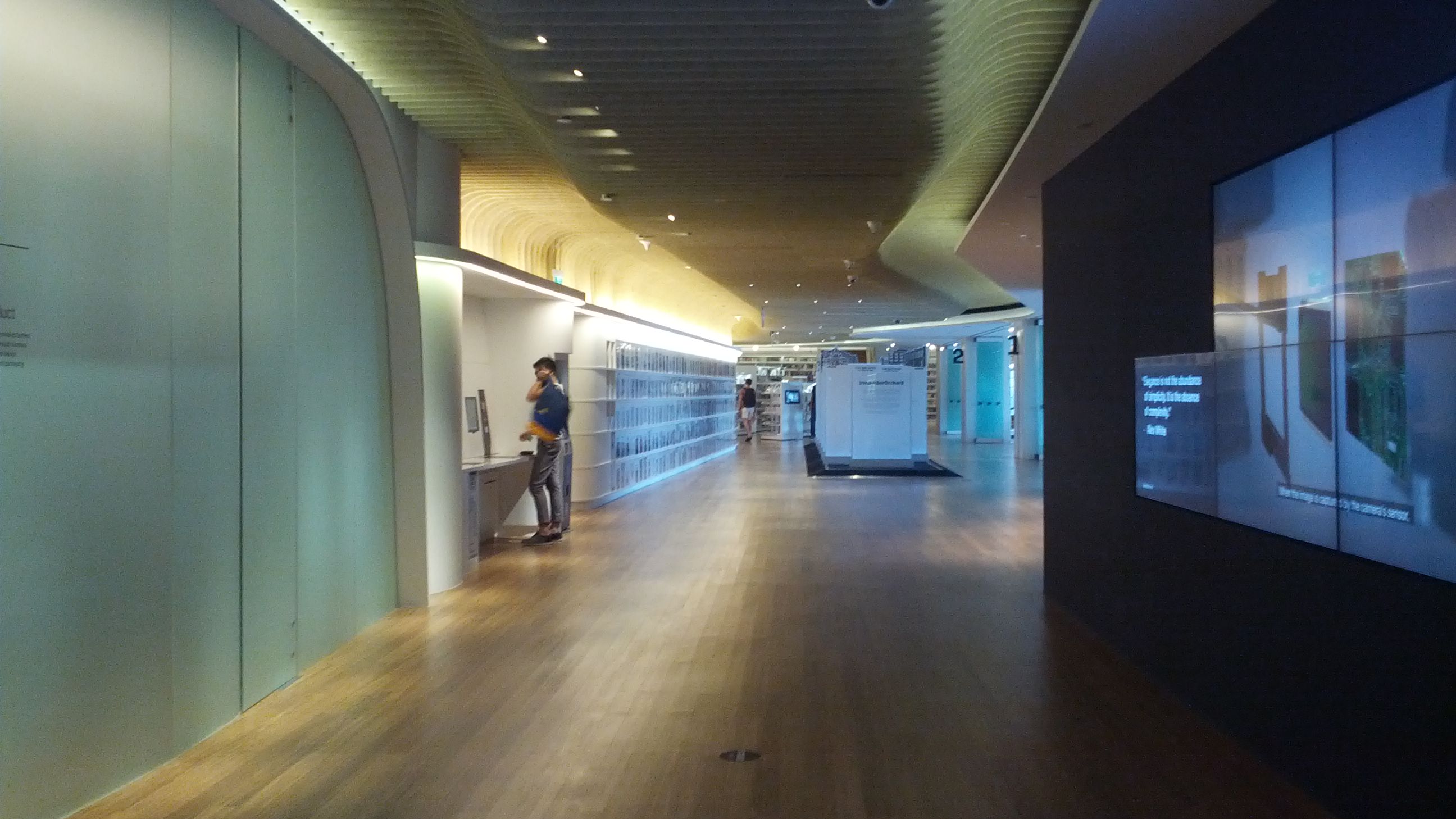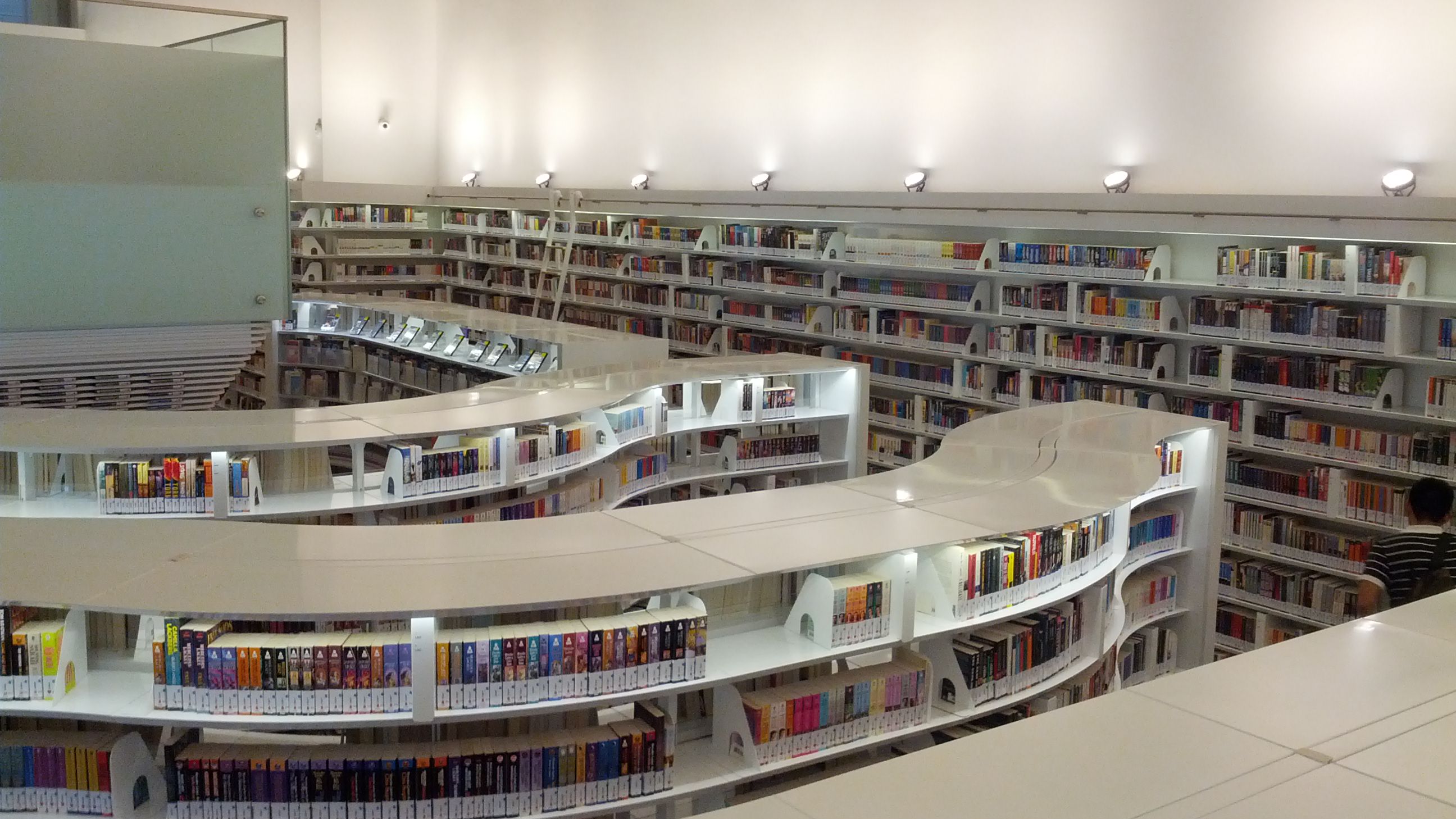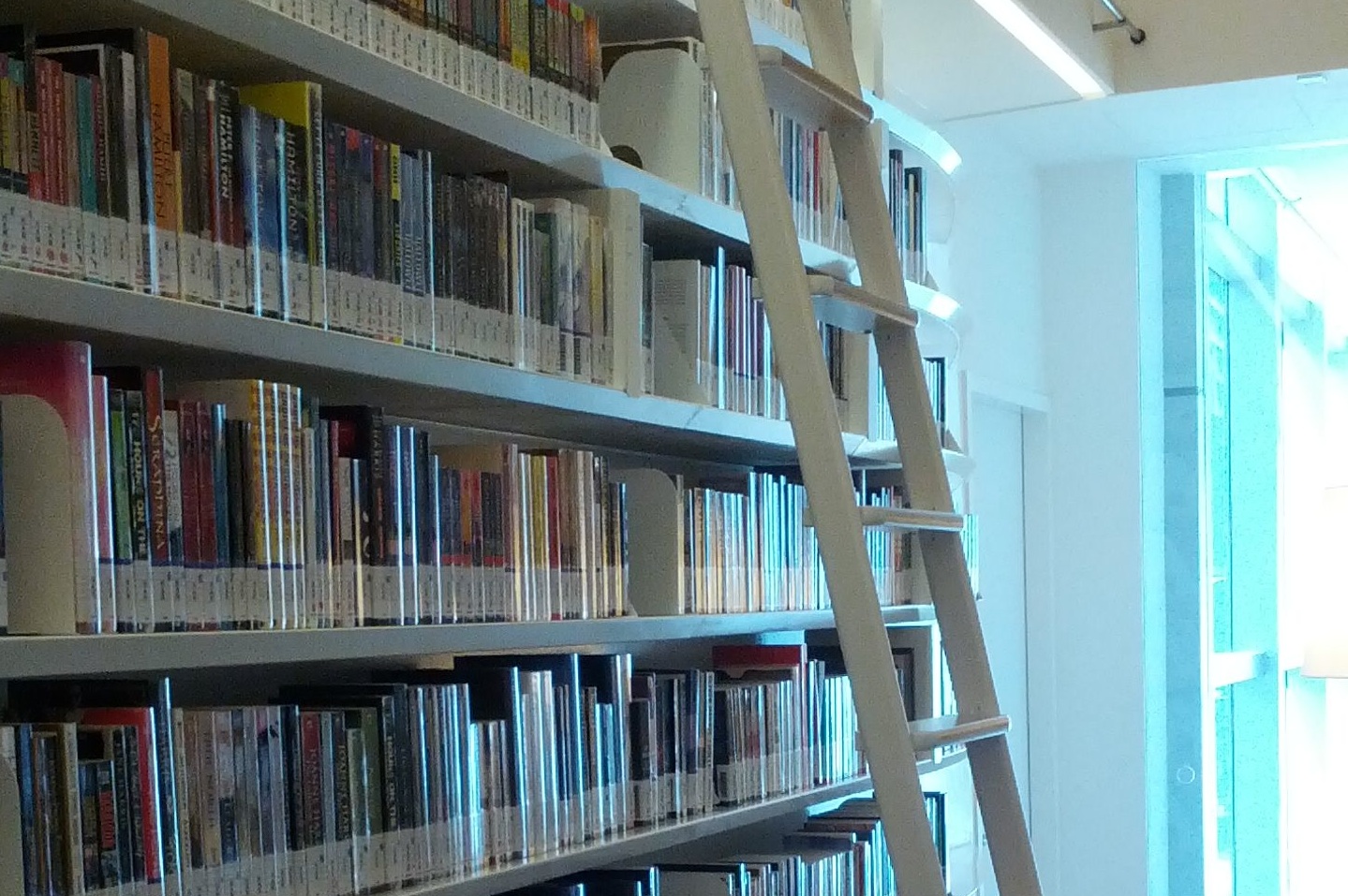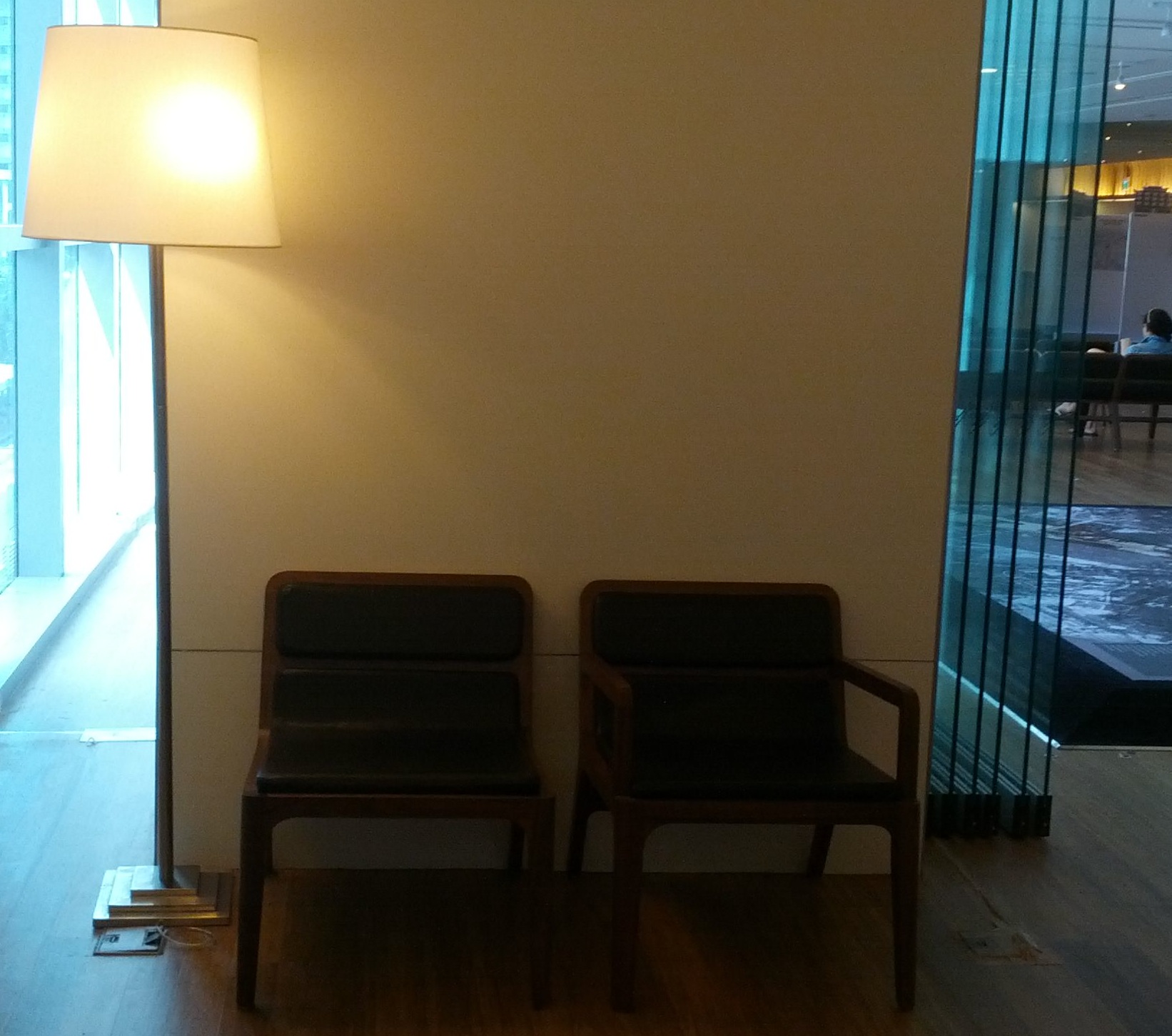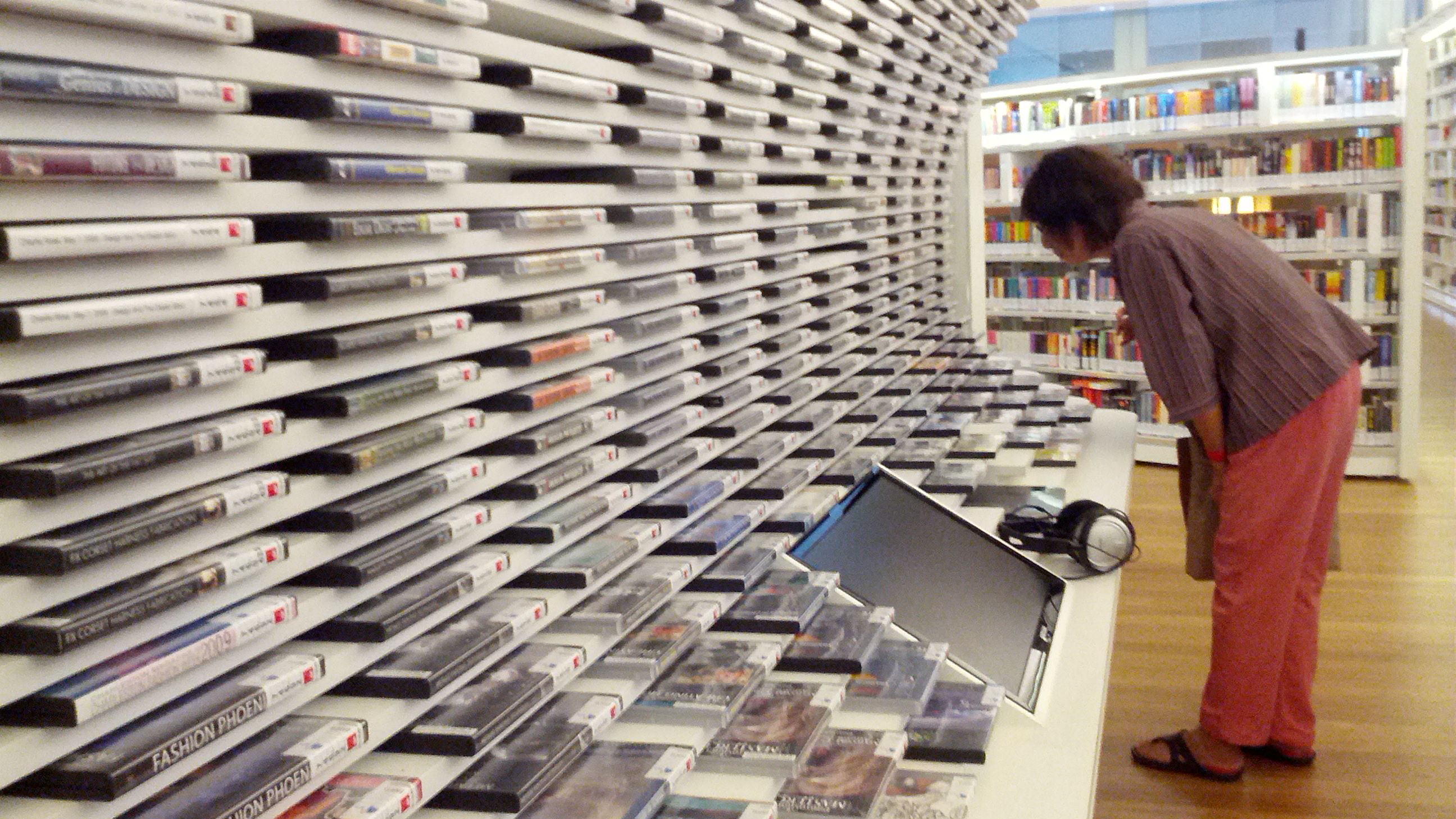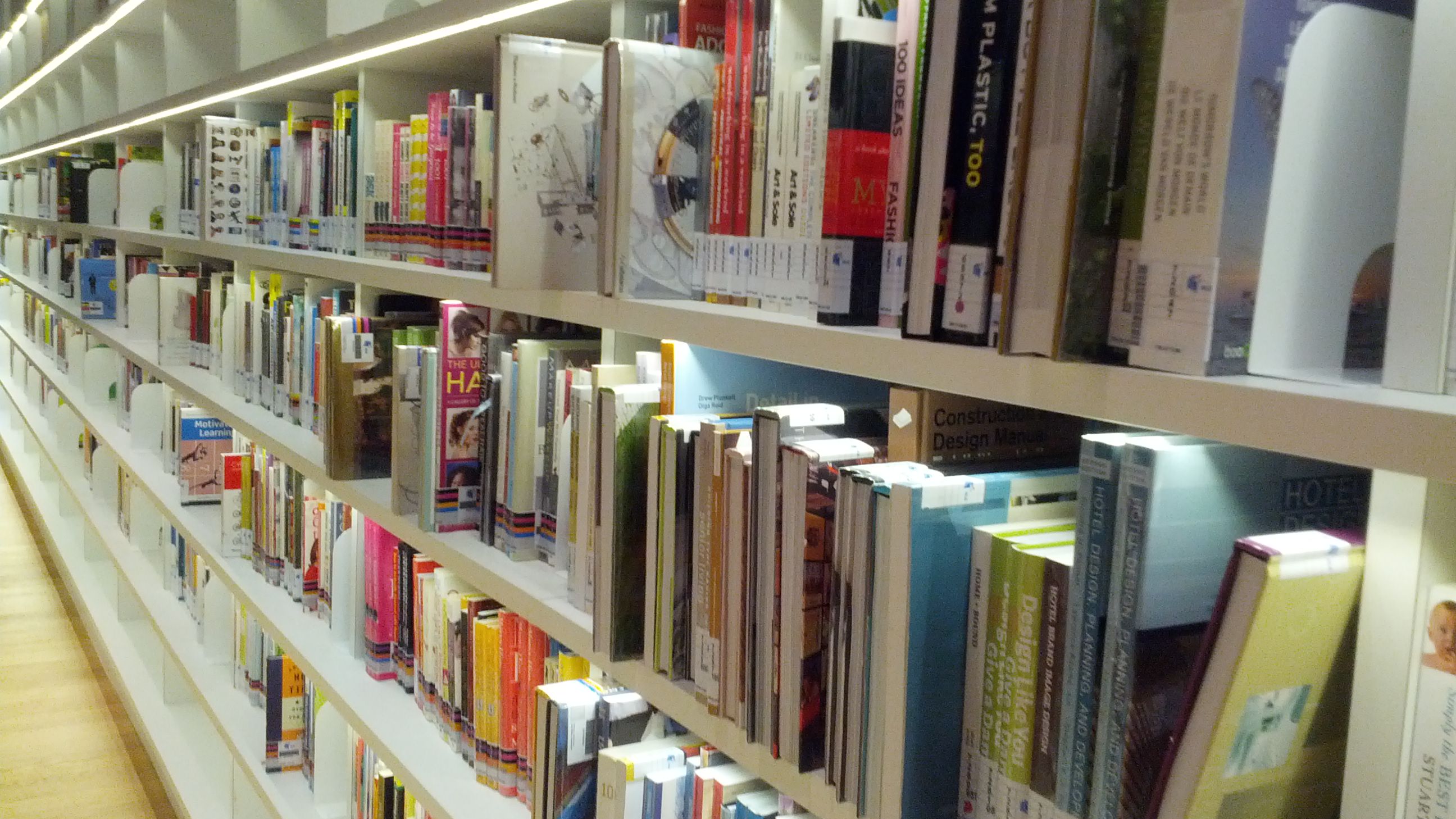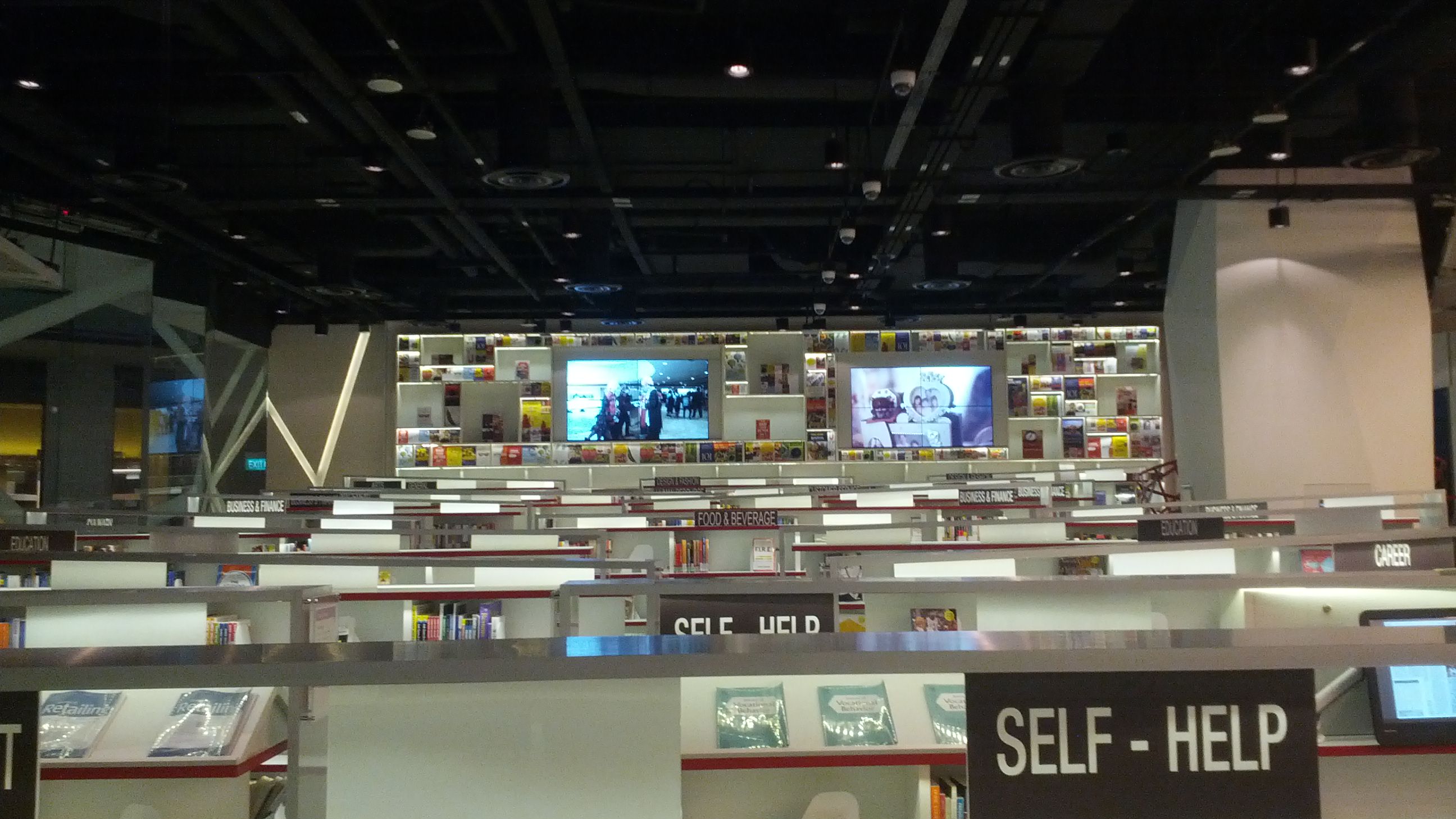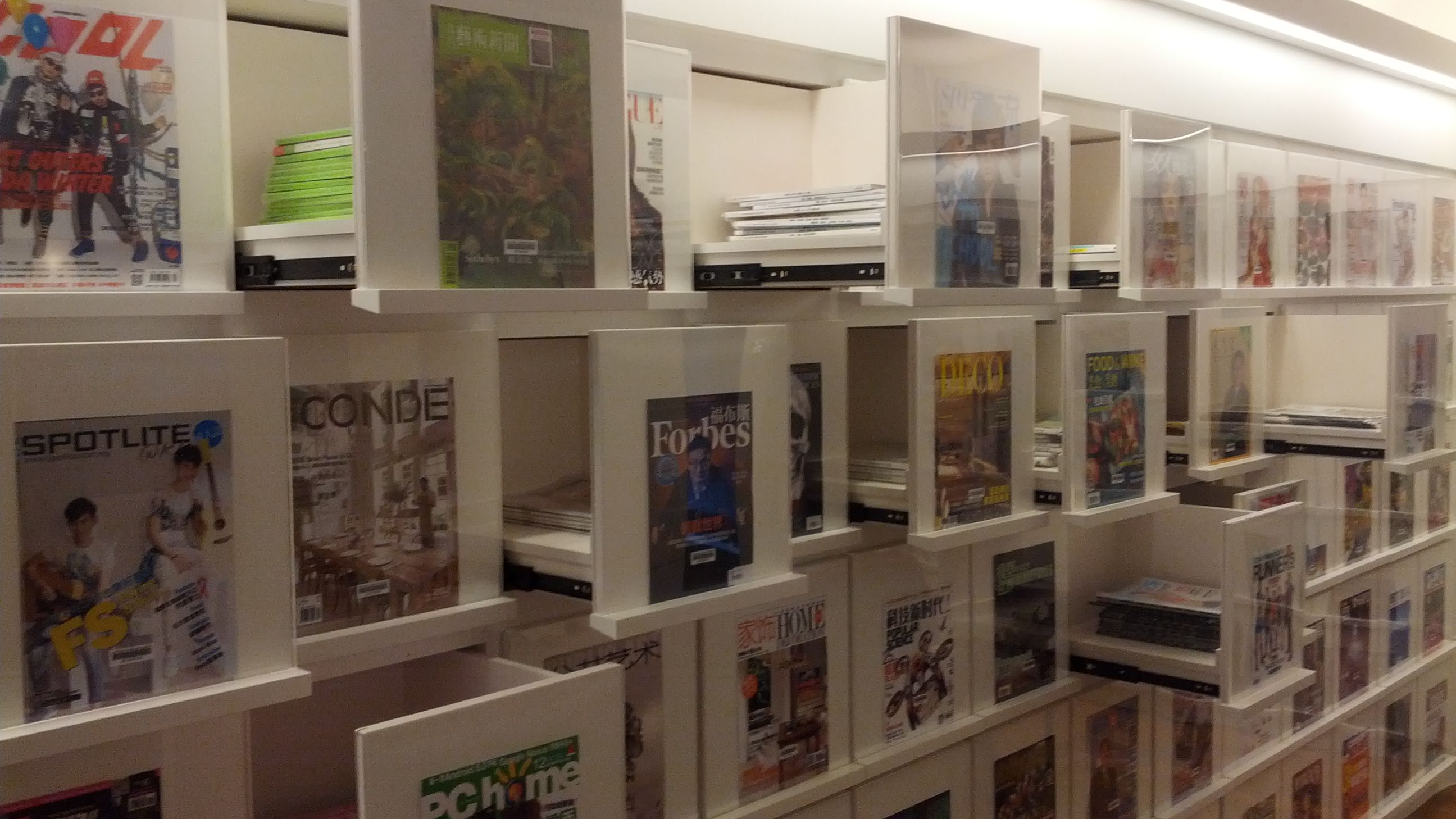We all know what a library is. It’s a place where people can read newspapers and periodicals, borrow fiction and non-fiction books, or just relax while watching a movie. But herein lies a more important question – how many of us have actually visited the library in the last year? With readership rates declining according to the World Library and Information Congress, coupled with fewer and fewer Singaporeans visiting our own national libraries, is the time for this age-old tradition running out?
Not by National Library Board’s (NLB) standards. In the past year alone, 3 brand new libraries have been completed, refurbished and unveiled to the public. UrbanWire visits these libraries to find out how can a place rich of knowledge and learning today remain relevant in a digital age where information is easily available just a click away.
library@orchard is the centerpiece of the NLB’s plans, which features a new concept and experience, focusing on design and aesthetics to tantalize the public’s imagination besides the usual written word.
The entire library space was designed to be cozy and welcoming using minimalist furniture such as short wooden chairs, paired with tall standing lamps, creating a feeling of snugness and private space.
Additionally, soft orange light from standing lamps illuminate the reading areas, where readers can recline into the chairs for a read (or nap), similar to a cafe setting.
At the library, one can find besides books thousands of media resources such as audio CDs, movie DVDs and more, which are incredibly compiled and put on display designed to impress.
The wide and endless shelves are designed by students and lecturers from Singapore Polytechnic’s Design-Thinking team. Toh Xin Jie, a member on the team, said that the “structured design contrasts well with the elegance” of the library.
Another library completed and unveiled last year was the LLiBrary, located in the Lifelong Learner’s Institute of the Workforce Development Agency (WDA). Although it only occupies a space of 830 sqm (the size of 2 classrooms), it is packed with books with a focus on Continued Education and Training (CET) material.
Here, we see how the libraries today are keeping themselves relevant by creating niche libraries with specific content towards a more targeted audience.
Mrs Ang, a woman in her 50s who frequents the library and aspires to be a chef, reveals that she prefers to visit the LLiBrary because she will be able to find the right books to improve her cooking skills.
The new libraries share a common trait – they were designed to help the community. According to a press release, NLB constantly conducts focus groups, brainstorming sessions and seek public feedback to create new libraries to suit the needs of the public today thus rendering its relevance.
Is this enough to encourage youths to put down their laptops and mobile phones and walk into the library? The NLB is putting in concerted efforts to keep itself relevant in today’s society but the outcome remains to be seen, making this very much an unfinished chapter.

